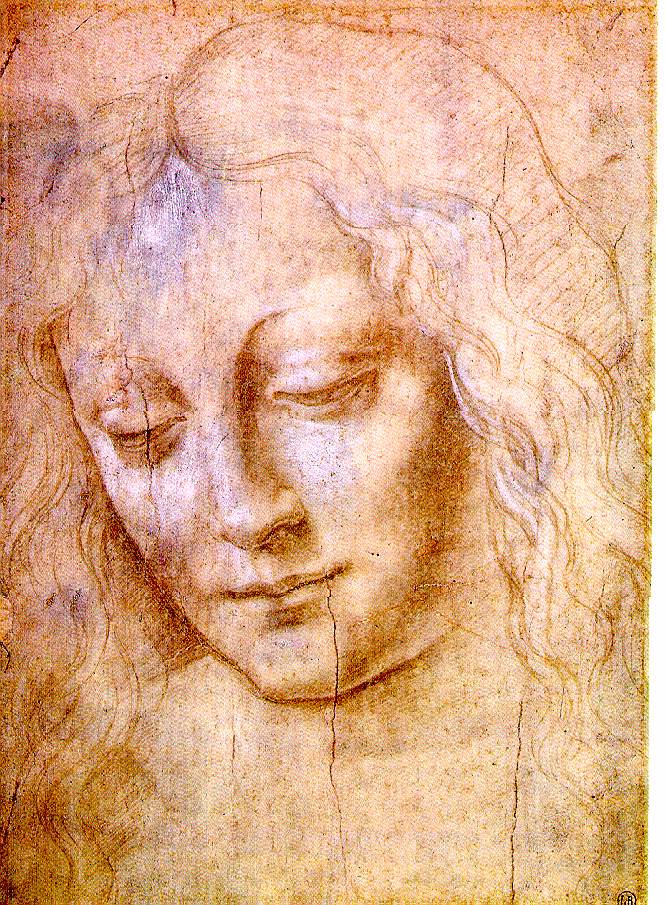

The smile on the face of the Mona Lisa is so enigmatic that it disappears when it is looked at directly, says a US scientist. Professor Margaret Livingstone of Harvard University said the smile only became apparent when the viewer looked at other parts of the painting.
The Mona Lisa, painted by Leonardo da Vinci in the 1500s, has intrigued art lovers for five centuries because of its subject's mysterious smile.
The theory has been presented at the American Association for the Advancement of Science's (AAAS) annual meeting in Denver, Colorado, this week.
The smile disappeared when it was looked at because of the way the human eye processes visual information, said Prof Livingstone.
The eye uses two types of vision, foveal and peripheral.
Foveal, or direct vision, is excellent at picking up detail but is less suited to picking up shadows.
"The elusive quality of the Mona Lisa's smile can be explained by the fact that her smile is almost entirely in low spatial frequencies, and so is seen best by your peripheral vision," Prof Livingstone said.
The more a person stares fixedly ahead, the less useful is their peripheral vision.
Prof Livingstone said the best example of this effect was if someone was to stare at a letter on a page of print.


Concentrating on one letter made it difficult to pick out other letters even a short distance away, Prof Livingstone said.
She said the same principle was used by da Vinci on the painting. The smile only became apparent if a viewer looked at her eyes or elsewhere on her face.
'Fundamental truths'
Da Vinci's painting, possibly the most famous portrait of all time, is housed at the Louvre in Paris.
Prof Livingstone also used French painter Monet's Impression: Sunrise, which features a dazzling orange sun in a blue sky, to show how artists had understood human sight.
"I'm demystifying the procedures that some artists have known about for years, but not debunking their art in any way," she said.
"These artists - the Impressionists, Da Vinci, Chuck Close, and Robert Silvers, for example-discovered fundamental truths that scientists are only now unravelling.




3 comments:
I am desperately trying to find a poster of the Mona Lisa blowing a bubble like the one on the blog. I have exhaused all resources (the web photos are not clear enough to copy and enlarge). Any ideas?
what is the picture above called? i really want to know!!!
Mona Lisa has been an object of scrutiny for 500 years as artist have tried to find answers to questions raised by the masterpiece. There are numerous theories about Mona Lisa’s identity, but no one still find out the truth.
I gifted a copy of Mona Lisa painting to my friend with a bunch of beatuful roses. You can buy flowers from any online flower shopping sites.
Post a Comment